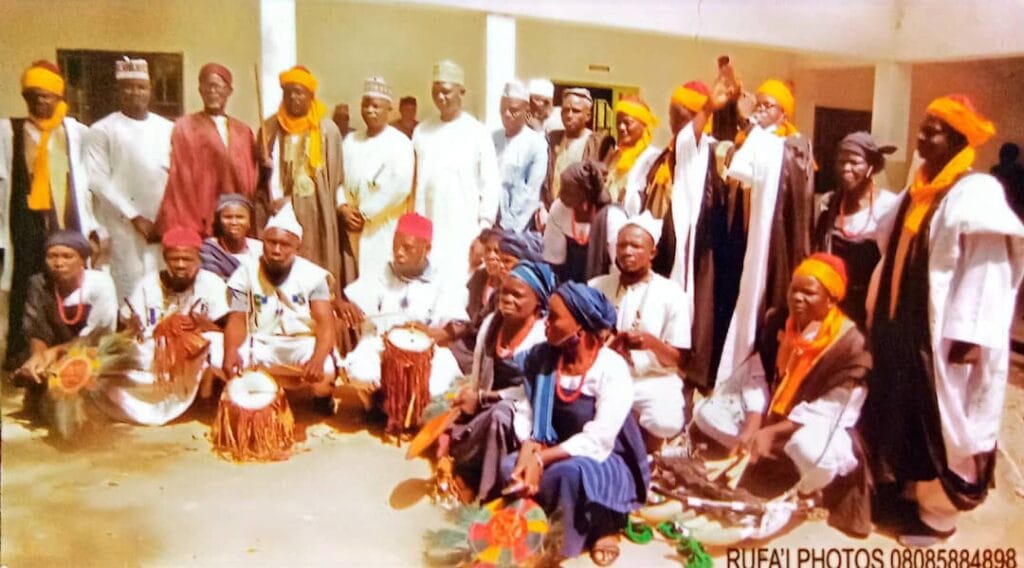Tera people are an ethnic group that make up the early inhabitants of Gombe area prior to the 18th century and are speakers of the Adamawa–ubangy family of Kwa Languages, who belief to have migrated from Yemen in the Middle East and have stayed for years at Kanem-Borno from where they moved into Gombe area via Shani in the present day Biu area of Borno. Presently, Tera people are mostly found in the east of the present day Gombe emirate.
Ngwarda annual harvest festival of Tera people of Zambuk is acclaimed as one of the popular cultural festival in Gombe today.
People from all walks of life make their ways to the area each year to witness this great event. Celebrated by Tera people (Nyimathil) annually during harvest of farm produce especially Millet.
The season is also known as “ Kar bangdi”. Tera people from all the neighboring areas far and near places such as Lubo, Difa, Kwali, Kwadon, Kurba, Deba and other places are invited by the organizers under the leadership of the District head of Zambuk “Kuji Zambuk”. Lasting for some days, the festival usually takes up to 3 or 4 days.
Prior to the actual dances, plenty of food is prepared with drinks especially the local wine (Burukutu) and are served all through the days. Different Tera cuisines are made such as njonguli (prepared by mixing millet and beans cooked together), Tunkdi-marge (kunu or palp), gorvengdi (tuwo made from red guinea corn), malfuri (made from fresh cassava) and other dishes.
All dances and displays are performed in the evening at the palace of the District head with all the participants dressed in the Tera dancing attires for men and women.
All men wear white gowns with black on top “Babban riga” or “Gare”, black trousers with caps and turban “Rawani” red or orange in color on their heads.
While the women wear black wrappers and white top “Buba” popularly called Nigerian blouse holding on their right hands local trays “Faifayi” and on the left hands are beads of cowries during the dances. Galadima represents the Kuji during the dances holding long staff or pole in his hand.
Dances are made in rows or lines in semi-circle and circular forms in a single line with a man in front followed by a woman all through. Ngwarda dance begins with a step from the right leg before the left one after few minutes the entire row changes direction turning to another side.
Five different kinds of dances are displayed in the event, which include ngwarda, ngumba, leu-leu, garwa and bansuwey.
The ngwarda dance style was described above and the attires worn. Ngumba dance is for the youth or those strong men and women at that time. It involves display of strength during the session characterized with fighting skills between the dancers in different ways.
The Ngwarda festival is an event that teaches the young tera people to appreciate their culture and embrace its existence. It is an event that brings about mutual respect for different values, unity and understanding among the diverse people.
By Aishatu Suleiman, Hassan Kasim, Shuaibu Haruna & Aliyu M Yerima, Museum Department & Educational Services and Training of National Museum Gombe and Eco-Museum Hong, Adamawa state.


